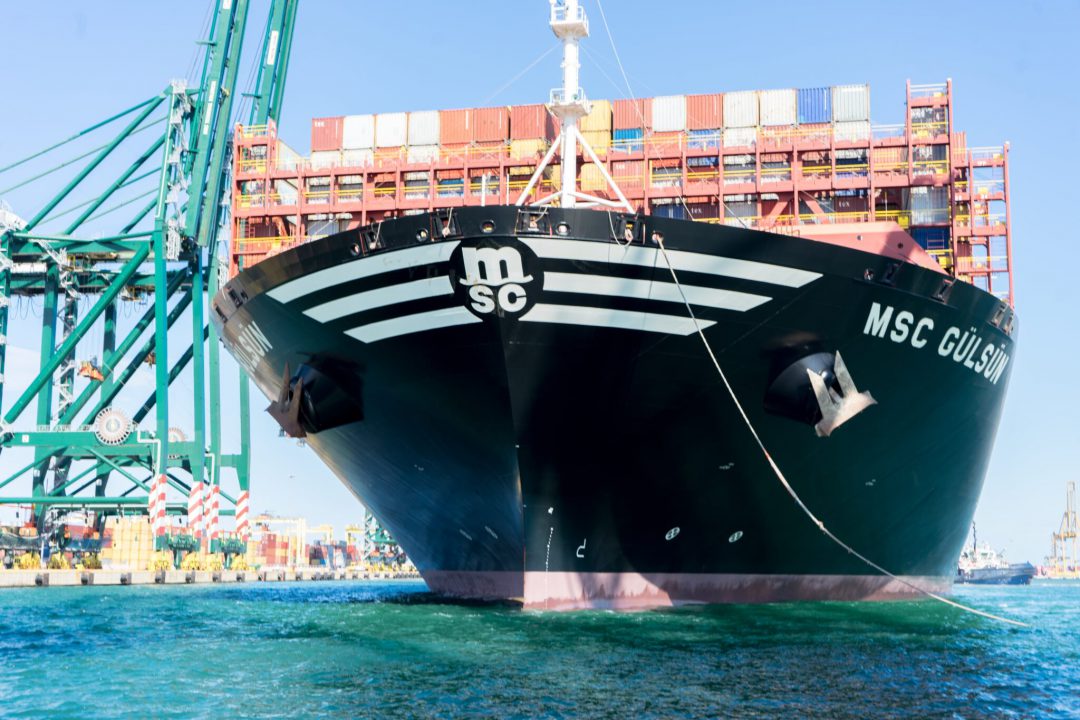Port facilities play a central role in local and national economic development, as transit and connectivity platforms for other destinations. Port operations create jobs that generate wealth, attract industrial activities and contribute to the growth of their surroundings. In the case of Valenciaport, as the fourth best connected European port, it is a strategic enclave that facilitates trade for the Spanish economy and for exporting companies and, in particular, for companies involved in footwear.
In fact, according to data from the statistical bulletin of the Port Authority of Valencia, thanks to Valenciaport, the footwear manufactured here maintains commercial relations with the five continents. In the last 12 months, the Port Authority of Valencia has managed 3,004 containers with shoes destined for America, Africa, Asia, Oceania and Europe.
“Valenciaport maintains connections with almost 1,000 ports in 168 different countries. Maritime connectivity allows for greater participation in international trade and better access to markets. For the footwear industry, Valenciaport has established trade relations with 71 countries around the world,” explains Aurelio Martínez, president of the APV.
United States and Senegal lead footwear imports
American and African countries are the main importers of footwear: they absorb 81% of the total container traffic of the companies that use the Port of Valencia to market their products worldwide.
The first position is occupied by America, which has added 1,343 TEUs in one year (from August 2021 to July 2022): every day, 4 containers leave the docks of Valencia for 17 American countries. The United States (747 TEUs) and Mexico (181 TEUs) lead the ranking, but the Valencian docks also take footwear to Canada (177 TEUs), Colombia (56 TEUs), Cuba (43 TEUs), Chile (38 TEUs) and Brazil (29 TEUs), among others.
For their part, African countries occupy second place in the ranking and account for 1,090 TEUs between August 2021 and July 2022. Among the 21 countries with which Valenciaport maintains trade relations, Senegal (263 TEUs) and Mauritania (263 TEUs) stand out.
Israel and Australia, among the countries with more Valencian and Spanish footwear
On the Asian continent, Israel (102 TEUs) and Japan (71 TEUs) are the countries that receive the most containers. In the last 12 months, 442 TEUs have been mobilised to 15 Asian countries that have connections with the Valencian docks related to the transport of footwear. Saudi Arabia (61 TEUs), Arab Emirates (53 TEUs), South Korea (51 TEUs) and China (33 TEUs) are some of the examples of the most dynamic countries.
Moreover, thanks to Valenciaport, Valencian and Spanish footwear companies also maintain relations with Australia and New Zealand. Although most of the exports to Europe are made by train or lorry, the United Kingdom and Greece stand out, as well as some containers arriving in Cyprus and Malta.
Some countries as far away as Puerto Rico, Taiwan or Honduras only receive one or two containers a year. While in Italy, Qatar or Cameroon they receive thousands of pairs of shoes in what is called groupage cargo, boxes of shoes that share a container with other goods.
“Valenciaport has managed to bring the footwear industry to the furthest corners of the world. We want to continue our commitment to strengthen connectivity by adapting its infrastructures and services to the needs of the market with the aim of attracting the largest number of shipping companies and maritime lines and that this will benefit all sectors”, concludes Aurelio Martínez.

























